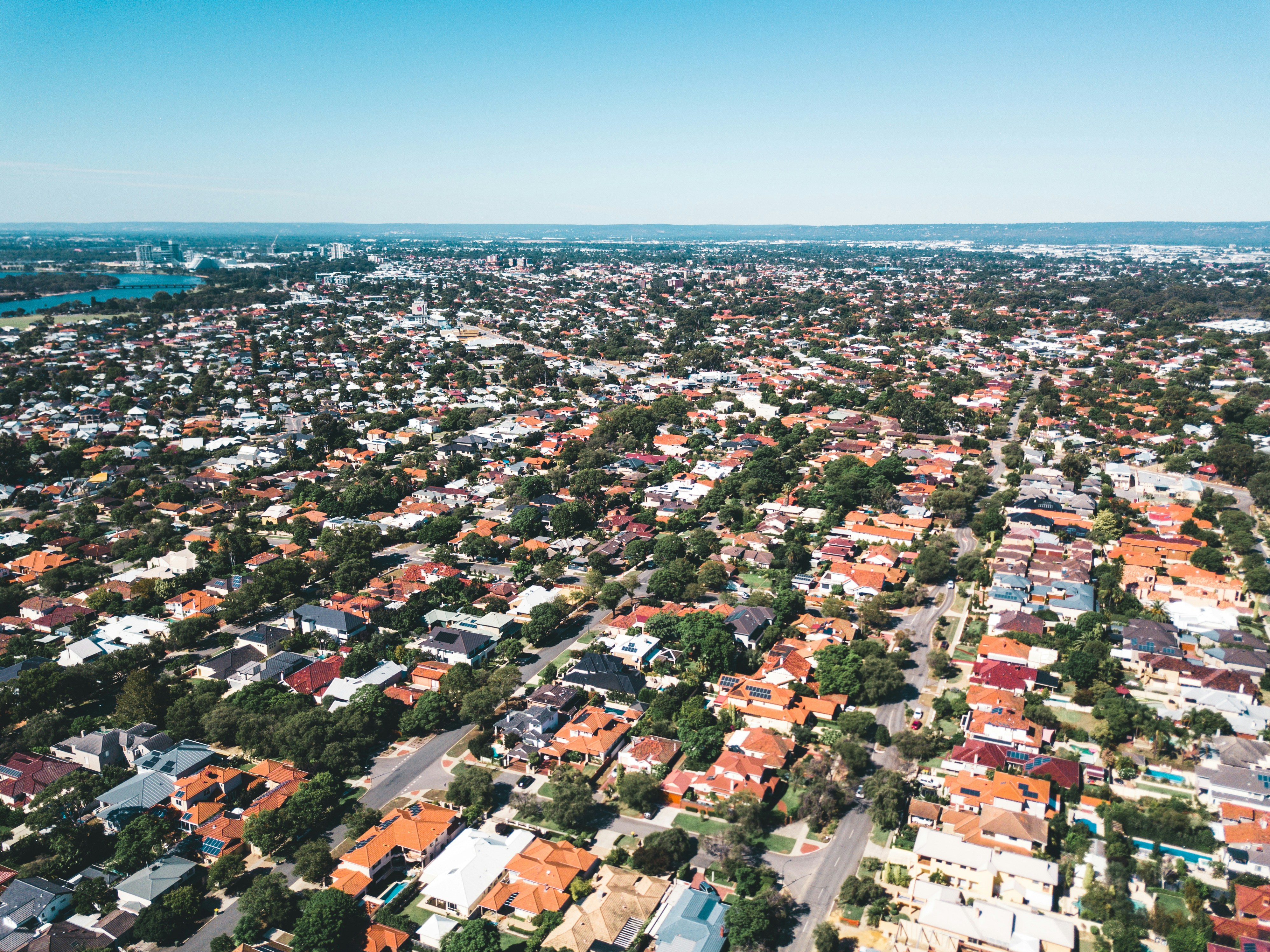The residential property market downturn in 2019 did little to dampen interest in units in Surfers Paradise, topping the list of Australian suburbs with the highest volume of units sold in Australia.
Almost $500 million was pumped into the Surfers Paradise unit market alone in the 12 months to December 2019, CoreLogic data shows.
The coastal suburb on the Gold Coast saw a whopping 1110 units change hands.
Notably, price tags for units in Surfers Paradise are relatively affordable, with the median value at about $373,000, making the area an attractive place for investors with a budget to park their money in.
Being the third-fastest growing region in Queensland outside of Brisbane, the strong buying activity in the Surfers Paradise market may also be attributed to the area’s growing population, which surged by 15.6 per cent in 2011-2016, according to the Australian Bureau of Statistics.
CoreLogic’s Head of Research Tim Lawless said jobs growth and population growth have been improving in Queensland, compared with NSW and Victoria.
He added that the smaller capital cities, such as Brisbane and Perth, as well as the key regional and lifestyle centres could also benefit from better conditions, as the lower housing prices, job opportunities and lifestyle factors draw in buyers.
Apart from the top spot, Sydney suburbs dominated the list of suburbs with the biggest unit sales volumes.
Following Surfers Paradise, Dee Why, another beachside area, was the second most active unit market in Australia. Buyers purchased about $404 million worth of units in the northern beaches suburb across 504 deals in 2019.
While the number of unit sales is half of that of Surfers Paradise, the typical price of an apartment is much higher, with the median value being more than $790,000.
And in the Sydney CBD, 267 unit transactions clocked up more than $353 million worth of units. The median unit value here is much higher than both Surfers Paradise and Dee Why at about $1.15 million.
Interestingly, other suburbs that made the list were mostly waterside areas, including Sydney’s Mosman, Manly, Cronulla, Coogee and Southport on the Gold Coast.
Mr Lawless said the growing problem of housing affordability could translate to a slowdown in activity “across price-sensitive segments of the market”.
“A rise in investors, attracted by prospects for capital gains and a positive spread between mortgage rates and rental yields, should help to offset a reduction in activity from more price-sensitive buyers,” he said.












